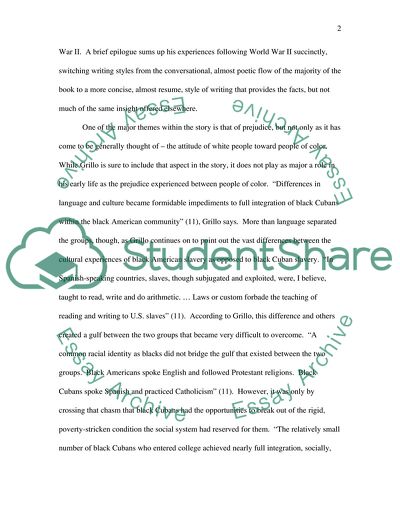Cite this document
(“Black Cuban, Black American: A Memoir Under Review Essay”, n.d.)
Retrieved from https://studentshare.org/history/1535411-black-cuban-black-american-a-memoir-under-review
Retrieved from https://studentshare.org/history/1535411-black-cuban-black-american-a-memoir-under-review
(Black Cuban, Black American: A Memoir Under Review Essay)
https://studentshare.org/history/1535411-black-cuban-black-american-a-memoir-under-review.
https://studentshare.org/history/1535411-black-cuban-black-american-a-memoir-under-review.
“Black Cuban, Black American: A Memoir Under Review Essay”, n.d. https://studentshare.org/history/1535411-black-cuban-black-american-a-memoir-under-review.


